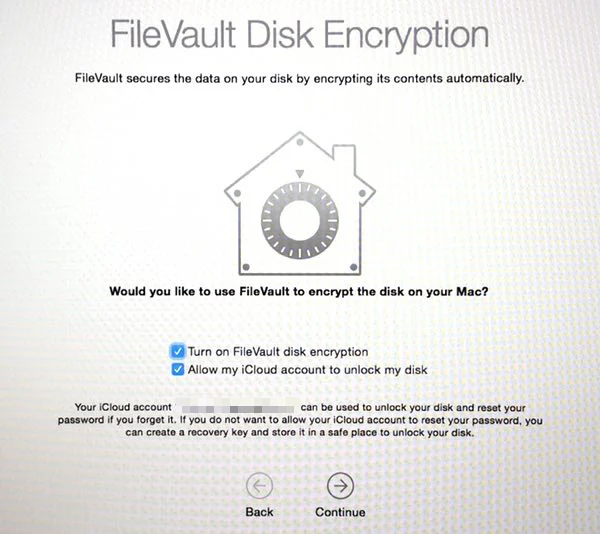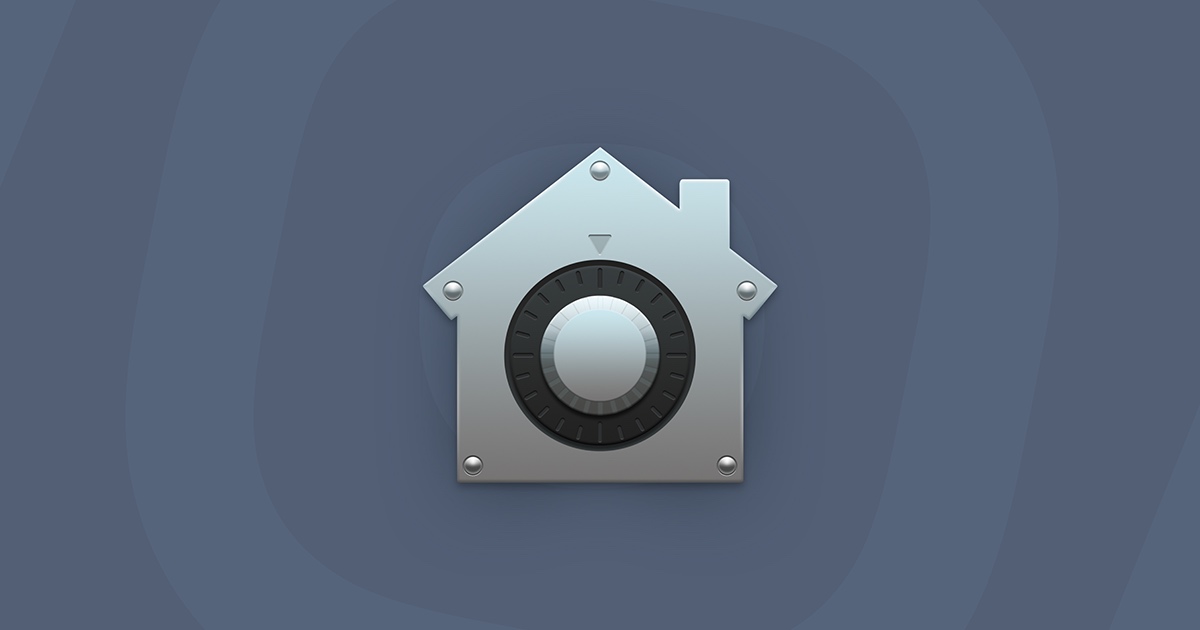Nov 15, 2011 Mac OS X Lion introduced the world to FileVault 2 Apple’s solution to full disk encryption. It is one of my favorite features in Lion, and it is definitely a welcome addition to Mac OS X. Use Lion's FileVault 2 to encrypt your Mac's internal drive Apple latest Mac operating system, OS X 10.7 Lion includes FileVault 2, the latest version of Apple’s method of file encryption.
Download old version of mac os on exterbal drive. There are a few reasons why you might want to download and install old versions of Mac OS X or macOS. Are running a more receent version of the Mac operating system. A CD/DVD drive to. Nov 29, 2017 How to download older Mac OS X versions via the App Store. If you once had purchased an old version of Mac OS X from the App Store, open it and go to the Purchased tab. There you’ll find all the installers you can download. However, it doesn’t always work that way.
Looking for a way to install and run OS X on an external hard drive? This can be useful for a couple of different reasons. Firstly, it allows you to run another copy of OS X without needing any additional Mac computer.
Also, since you can run a full copy of OS X on the external drive, it can be used for troubleshooting purposes on other Macs or it can be as a kind of virtual OS X. I’ve already written about how you can install OS X in VMware Fusion, but that takes up space on your Mac. Using an external drive, you can save space on your Mac, though it might be a bit slower if you are using USB 2.0.
Filevault Mac Problems
In this article, I’ll walk you through the requirements and steps to install OS X onto an external hard drive.
Format External Hard Disk
The first thing you’re going to need to do is format the external hard drive properly. The file format has to be Mac OS X Journaled and you have to use the GUID partition map. To do this, open Disk Utility and connect the drive to your Mac.
Iomega zip driver. Under External in the left hand menu, click on your external hard drive and then click on the Erase button. Make sure you backup any data before you erase the drive. When you click Erase, a dialog will pop up where you can configure some options.

Give your drive a name, choose OS X Extended (Journaled) for Format and GUID Partition Map for Scheme. It should only take a minute or two for the drive to be erased and reformatted. Now your drive is ready for OS X.
Install OS X
There are two ways you can install OS X on to your external hard disk: by reinstalling OS X from the OS X Utilities repair screen or by downloading OS X from the App Store and running the installer. I’ll show you both methods in case one isn’t working for you.
The easiest way is to download OS X from the App Store. Once you open the App Store, you’ll see a link on the right for the latest version of OS X (El Capitan as of this writing).
Go ahead and click the Download button to start downloading the installer. Note that if you already have that version of OS X installed, you’ll see a popup message appear asking if you still want to continue or not. Just click Continue.
Once it has been downloaded, just double-click the installer, which will be located in the Applications folder.
Keep clicking past the license agreement, etc., until you get to the screen that asks you which disk to install OS X on. By default, it is set to MacBook.
Click on the Show All Disks button and you’ll see an icon for the different disks and partitions on the Mac. I named my external hard drive OS X and that shows up in the middle.
You can also tell it’s an external hard disk because it uses the icon with the orange hard drive. Click Continue and then follow the instructions to complete the installation. Note that your computer may restart during the install and you don’t have to do anything. OS X will automatically continue installing onto the external hard drive rather than booting up to your internal version of OS X.
At the end of this article, I’ll show you how to boot up to the external hard drive, so skip down if you ended up using the App Store method. Note that by default, the Mac will start booting up directly to the external hard drive until you change it.
The second method to install OS X is to restart the Mac and press and hold the COMMAND + R keys. This will load up OS X Recovery.
The OS X Utilities screen will appear and here you want to click on Reinstall OS X. Again, you’ll go through some basic screens, but when you get to the hard disk screen, click on Show All Disks again.
Best home design software mac. Using this method, you’ll have to login using your Apple ID and password so that the entire OS X installer can be downloaded off of Apple’s servers. Whichever method you choose, it will take anywhere from 15 to 30+ minutes to install OS X onto your external hard drive.
While OS X is installing, your computer will restart a couple of times. Note that when it finally boots into OS X, that is the version running off your external drive. To switch back and forth between the internal and external drive, you have to restart your computer and hold down the OPTION key.

When you do that, you should see at least four icons. In my case, I have five because I have Windows installed using Boot Camp. Anyway, the grey MacBook and Recovery 10.11.2 icons are for my internal OS X and the orange OS X and Recovery 10.11.3 are for the version installed on my external drive.
Use the arrow keys to select which drive to boot from and then simply press Enter. If you have a newer Mac and a USB drive that supports USB 3.0, everything should run fairly fast. Overall, it’s a fairly straight-forward process and took me less than an hour to get everything working. If you have any questions, feel free to comment. Canon imageclass driver for mac. Enjoy!
Use the following steps in OS X Mountain Lion (10.8) and up to encrypt (and decrypt) external disks, including flash drives, from the Finder.
- Open a new Finder window and select the external drive you would like to encrypt from the panel on the left, under Devices.
- Right-click (or two-finger click, or control-click) on this disk in order to bring up a contextual menu, and then select Encrypt 'External Drive Name'..
- When prompted to create an encryption password, use a strong password and enter it twice, along with a password hint, and click Encrypt Disk.
Result: The external disk will begin to encrypt, however, there is no progress bar to show you the process of the encryption, which could take as few as a couple of minutes up to several hours for large disks. The best way to tell that the encryption is taking place is to watch the activity indicator light for your disk, if it has one, and if it is blinking do not disconnect it as the encryption process is likely still in progress. - Once encrypted, when you next plug your external drive in, you will be prompted to enter the password you created earlier and click Unlock in order to unlock the disk. If you would like to skip this step when accessing this disk on your primary Mac, you can choose to select the checkbox to Remember this password in my keychain.
Mac Filevault Explained
GUID Error Message Resolution
Mac Os X Filevault External Driver
If you at step 3 above you get an error message saying 'A GUID Partitioning Table (GPT) partitioning scheme is required.', please go to this Knowledge Base article for a resolution.